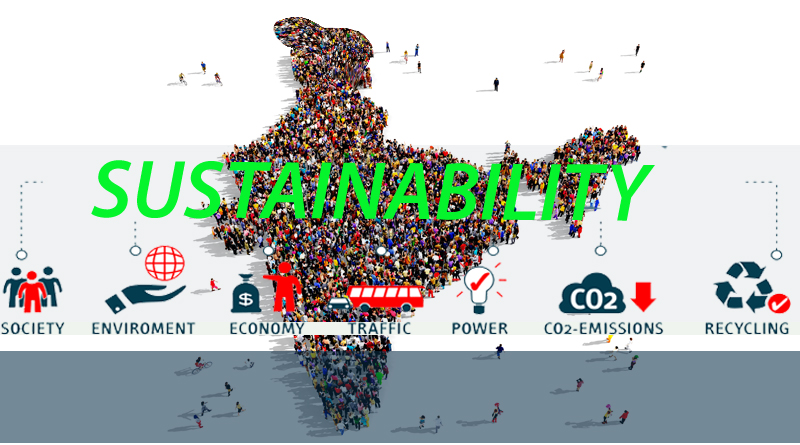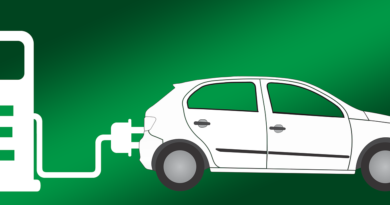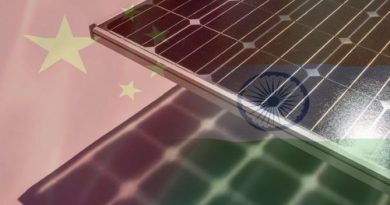Unsustainable. 4 reasons why India’s growth priorities remain unsustainable

In India, it is really interesting to see our policymakers make a case for allowing India more time, be it for a shift to a more renewable energy mix, a more rational food regime, phasing out the use of specific chemicals or even industrial gases like HFC’s. In most cases, the country’s huge population is the crutch used, which conveniently drives down the per capita usage of practically anything to levels that could be 1/20th of a developed country in a category like say, power consumption, to even lesser, when it comes to access to cooling methods. Internally too, policymakers blame population and the lack of resources all the time to explain the failure to provide basics like drinking water access for all, power for all, or even subsistence income for all, for that matter. The horrific truth is that even the resources that are consumed, when you take away the shroud of low per capita consumption, are monopolised by such a concentrated part of the population, that the 80/20 rule becomes a law here. So we effectively have a huge part of the population living a miserable life, driven to negligible consumption of prosperity ‘goods’, be it clean water, power, access to quality healthcare, education, transportation and much more. As the top 20% literally lives of their misery.
But this is not about happened in the past. It is about the present, our response to the gravest sustainability challenges. So here are 4 of the most blatant policy priorities that demonstrate how low sustainability is as a priority, even as the country strives to retain the ‘fastest’ growing tag while blaming shortcomings on its hapless poor and everything else but its own misplaced priorities.
1.Transportation. Missed in all the tall talk about electric vehicles and more is the fact that the country is doing precious little to improve its public transportation. we have said this before and will say it again. Being counted among the world’s largest auto markets counts for little, or nothing if ownership of a means of transportation is limited to barely 10% of Indians, with the rest depending on a completely stretched, non-existent, or downright dangerous public transportation system. So even as policymakers quote our per capita ownership of vehicles versus any developed country to imply room for growth, no thought is being given to the horrors private transport brings with it, be it the need for parking, the waste of resources caused by congestion and pollution. The parking situation in every major metro is a particularly strong indicator of misplaced priorities, as rather than improved public transport, the policy continues to be focused on creating more parking, treating parking as a revenue earning the opportunity, and not the blot on the landscape, and waste of land, that it is. In fact, besides pollution, our poor public transport is arguably among the biggest reasons that keeps women off the workforce, by forcing them to look for work within walking distance or nearby.
2.The fatality of water challenges. This year has seen a thankfully benign monsoon so far, with the south of the country actually getting plentiful rains, with full dams, and almost full reservoirs a reality well before the monsoons recede. This will, unfortunately, take away the spotlight, for at least the rest of the year, from our massive failure to harvest our greatest asset, Water. So even as no one disputes that we are headed for a severely water-stressed future, little has been done to make the most of the assets we do have. Be it rainwater harvesting, preservation of water bodies, saving our forests, laws remain absent, or poorly implemented to make a serious impact. Even as the situation actually goes from bad to worse with each year. That shows itself best in newspaper headlines of water shortages, which keep advancing to an earlier date each year. The slackness on enforcing water harvesting remains one of the most breathtaking failures of our times.
3.Energy Policy. No one can, or should grudge India’s need to generate higher amounts of energy to meet the basic needs of its citizens. So even as our renewable targets have been increased from 175 GW by 2022 to 225 GW, it is a little surprising that the energy mix remains a struggle between polluting thermal and renewables. Options like nuclear energy, biomass and other alternative fuels have barely been exploited, or remain ignored. The high stress on solar and wind, which remain erratic options for overall power mix in India, is risky, as it is coming at the cost of neglect, or even abandonment of other energy infrastructure that has been set up at great cost, leaving us with a huge financial cost as well as future disruptions across the economy. One can foresee Industry’s being asked to fend for themselves, never the best way to make manufacturing in India, a cherished goal of policymakers, an easy thing to do.
4.The farming conundrum. The state of Andhra Pradesh recently launched a massive, and momentous project for what is termed ‘Zero Budget natural farming’ (ZBNF). The operative word is ‘Budget’ here, which refers to farming without the use of credit or other major expenses. The natural part refers to reducing and eliminating, the use of chemicals. This approach has huge ramifications for the Industrial agro-chemical complex in the country, be it the fertilizers, pesticides or seed firms. But the apparent lack of discussions around the experience of farmers with ZBNF, or even the support of a full state behind the move, makes you wonder about just what our approach to agriculture is. ZBNF will have massive implications, either in success or failure. It needs much better tracking and sharing of learnings. The approach to farming itself, especially the crops farmers grow, remains shockingly poor. Various studies have demonstrated how wheat and rice, and to an extent sugarcane, offer a great case for substitution by much less thirsty crops to save the groundwater profile in large parts of the country, but almost no efforts have been made to do it, leaving farmers to the vagaries of distorted markets and their own devices, to manage the transition.
Copyright:iamrenew.com




